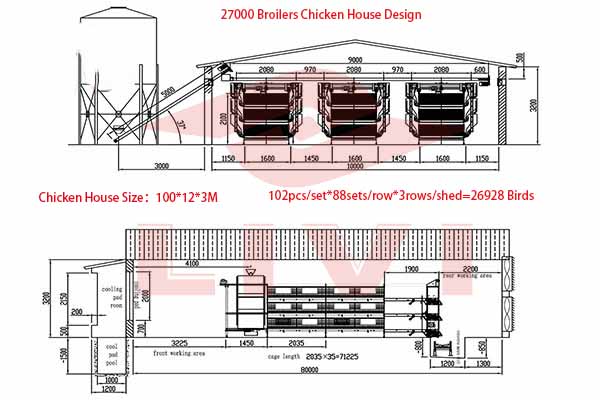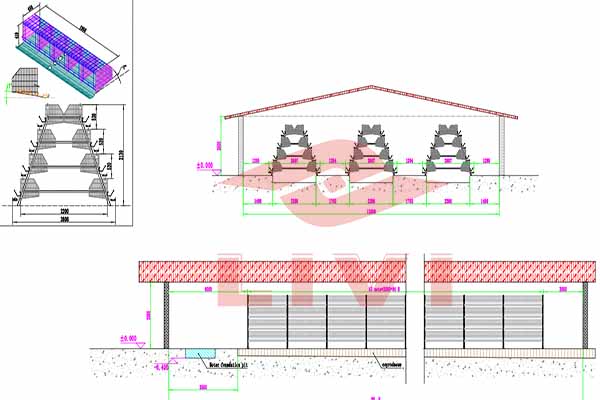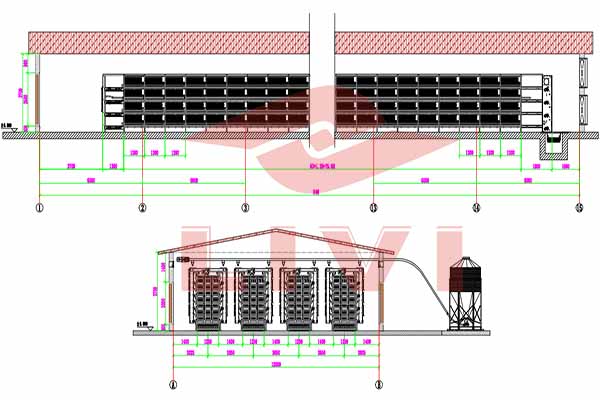Layer Cage Temperature Control Systems: Key to Efficient Poultry Farming
Effective temperature control in layer cage systems is crucial for maintaining optimal conditions in poultry farming. This article delves into the importance of these systems and their impact on productivity. By understanding the intricacies of layer cage temperature control, poultry farm owners and investors can make informed decisions to enhance their operations.

Understanding Layer Cage Temperature Control Systems
Layer cage temperature control systems are designed to regulate the internal environment of poultry houses. These systems ensure that the chickens are provided with a stable and comfortable temperature, which is essential for their growth, health, and egg production.
- Humidity Control: Maintaining optimal humidity levels alongside temperature is crucial. Excessive humidity can lead to disease, while low humidity can cause stress and reduce feed conversion rates.
- Energy Efficiency: Modern systems are designed to be energy-efficient, reducing costs and environmental impact.
- Precision: Advanced sensors and algorithms provide precise temperature control, minimizing variations and ensuring consistent conditions throughout the flock.
The Impact of Layer Cage Temperature Control Systems
Several studies have shown the direct correlation between temperature control and poultry farm productivity:
| Parameter | Impact |
|---|---|
| Temperature Range | ±1°C for optimal growth rate |
| Humidity Range | 40-70% for disease prevention |
| Egg Production | Increased by up to 5% with effective temperature control |
| Feed Conversion Rate | Improved by up to 3% with better environmental conditions |
These fig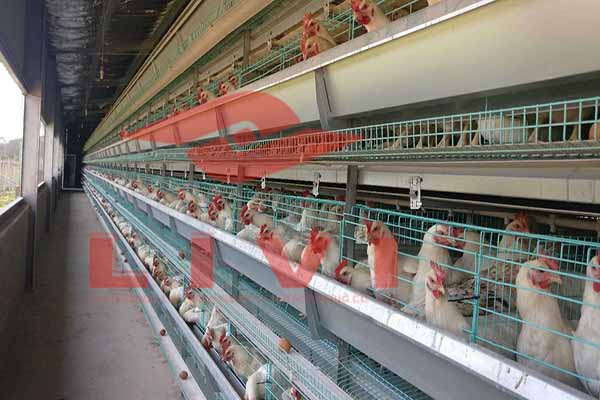 ures highlight the significant financial and operational benefits of implementing a robust layer cage temperature control system.
ures highlight the significant financial and operational benefits of implementing a robust layer cage temperature control system.
Choosing the Right Layer Cage Temperature Control System
Selecting the right system for your poultry farm involves considering several factors:
- Farm Size: Ensure the system is capable of handling the scale of your operation.
- Environmental Conditions: Choose a system that can adapt to the specific climate and weather patterns of your region.
- Budget: Balance the initial investment with long-term energy savings and operational benefits.
It is advisable to consult with a professional to ensure the system meets all your farm’s requirements.
Investing in a high-quality layer cage temperature control system can lead to significant improvements in your poultry farm’s performance. By maintaining optimal conditions, you can expect better growth rates, increased egg production, and improved overall profitability.
Conclusion
Effective tem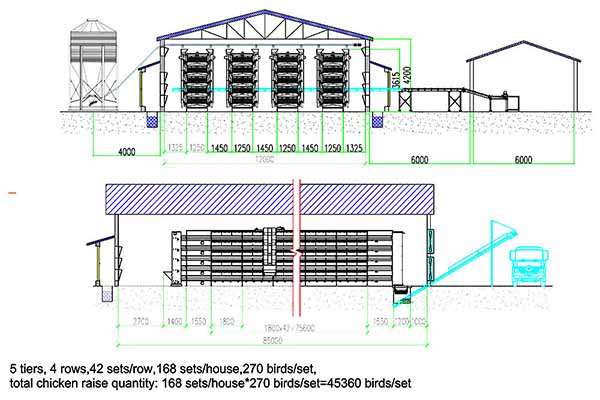 perature control is a cornerstone of successful poultry farming. By implementing the right layer cage temperature control systems, you can ensure a healthy, productive flock and a profitable farm. Contact us today for a free consultation and tailored poultry farming design and equipment quotes.
perature control is a cornerstone of successful poultry farming. By implementing the right layer cage temperature control systems, you can ensure a healthy, productive flock and a profitable farm. Contact us today for a free consultation and tailored poultry farming design and equipment quotes.


